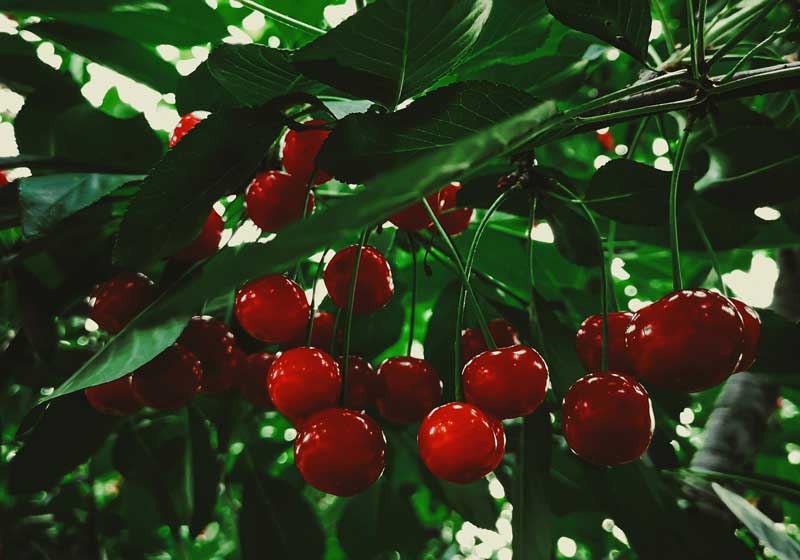By Marie-Antoinette Issa.
Alongside our wardrobes and home decor, Spring often inspires us to refresh our plates. As the seasons shift toward lighter meals and brighter flavours, many Australians are increasingly conscious of the environmental impact of their food choices.
While reports by the Marine Stewardship Council reveal that more than a third of us say we’ve adjusted our diets for sustainability reasons, the reality of making those choices at the supermarket can still feel complex.
Seafood, in particular, can be a confusing category. Concerns about overfishing, environmental damage and ethical sourcing make many hesitate. Yet, there are options emerging that offer both flavour and responsibility - fish raised with care, using methods that protect ecosystems while delivering quality you can trust.
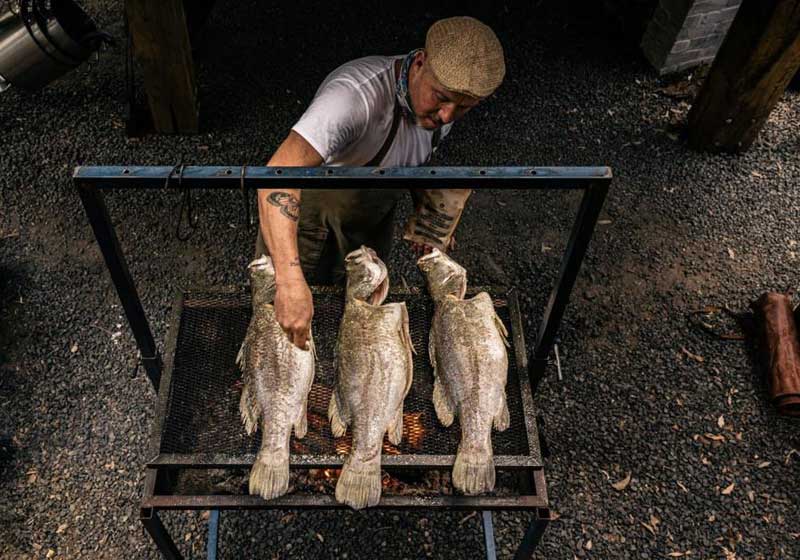
As Australian Chef and Humpty Doo Barramundi ambassador Jason Roberts explains:
"The biggest benefit of sustainably farmed fish like Aussie barramundi (much of which is grown in land-based ponds) is that it allows us to enjoy incredible seafood without putting pressure on wild fish stocks."
One standout example is Australian saltwater barramundi, farmed sustainably in the Northern Territory. "A leading example is Humpty Doo Barramundi,” says Jason. "They’ve developed an innovative saltwater wetland recirculation system that naturally filters and recycles their water in a closed loop.
"This approach works with nature not against it, producing healthy, great-tasting fish while protecting the surrounding ecosystem."
From a culinary perspective, barramundi offers clean, mild flavours and a firm but flaky texture that suits a range of dishes.
"Barramundi's versatility is exactly why I love working with this iconic Aussie fish," Jason says. "It adapts beautifully to any cooking style while maintaining its delicate, sweet flavour."
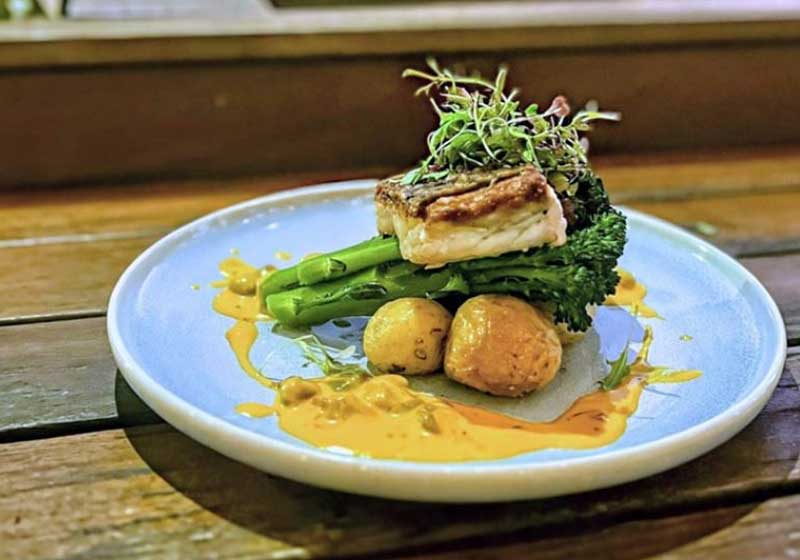
Its versatility shines in simple preparations such as pan-frying with fresh herbs and lemon, roasting gently on the barbeque, or turning into a bright ceviche with citrus and herbs.
"For something lighter and more seasonal, I love pairing grilled barramundi with fresh Summer produce,” says Jason. "Think peach and radicchio salad with a squeeze of lemon, or a Southeast Asian-inspired preparation with fish sauce, palm sugar, lime juice, fresh green mango, coriander, mint and crispy shallots. The sweet-sour-salty combination perfectly complements the barramundi's clean flavour."
The key, he adds, is keeping it simple and letting the barra shine.
Accessibility is another important factor for sustainable eating to become mainstream. Australian barramundi is increasingly available across deli and freezer sections at major retailers including Woolworths and Costco, as well as select independent stores.
This means choosing a more environmentally mindful seafood option can be as easy as picking it up alongside your usual groceries. "Compelling seafood options at the supermarket are actually expanding for consumers," Jason notes.
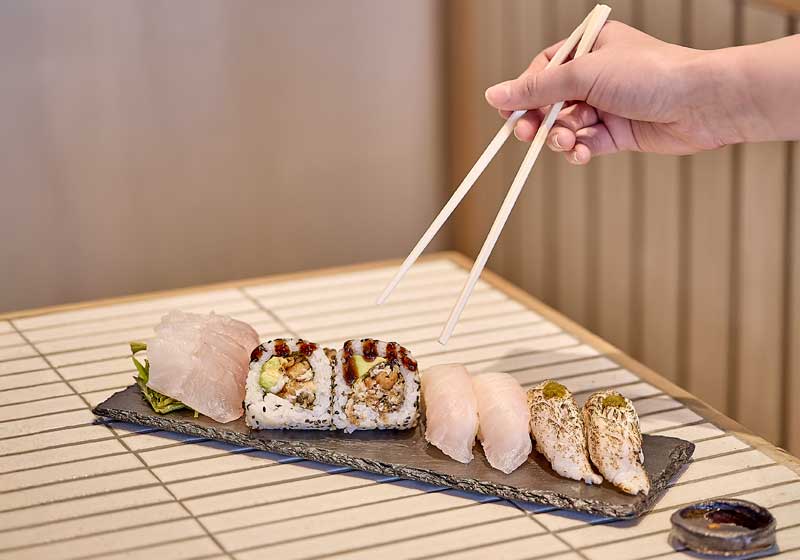
Interestingly, the presence of barramundi is growing beyond home kitchens into ready-to-eat offerings. For example, Sushi Izu, Australia’s largest fresh sushi retailer, has recently introduced a national range featuring sustainably farmed barramundi.
This is a notable shift from the usual salmon and tuna, offering sushi lovers a fresh local flavour with options like crispy barramundi rolls, aburi nigiri topped with yuzu kosho and a vibrant yuzu-inspired ceviche. It’s an encouraging sign that sustainability and convenience are finding a place together in everyday eating.
For home cooks navigating supermarket seafood counters, Jason recommends practical tips for ensuring freshness and sustainability:
"First, always prioritise Australian producers when possible. We are lucky enough to have some of the highest-quality seafood in the world. Look for glossy appearances, absence of fishy odours and a scent reminiscent of the ocean.
"Fresh fish should never smell 'fishy’. It should smell like clean seawater with bright flesh and glistening skin. Don't be afraid to ask questions! Ask your fishmonger about the source of the seafood and the farming practices used. Key questions include: 'Where was this fish farmed?' 'Is it certified sustainable?' and 'When did it arrive?' A good fishmonger will be happy to share this information."
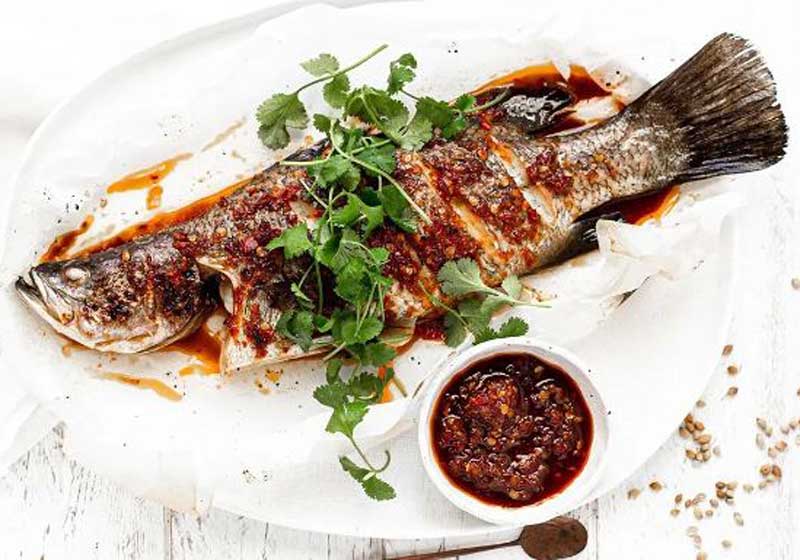
He also reminds readers that frozen seafood from trusted Australian producers can be just as delicious and nutritious as fresh, thanks to modern freezing technology that preserves quality.
Choosing fish like Australian barramundi is a small but meaningful way to align your Spring dining with sustainability goals - without sacrificing taste or ease of preparation.
"When you choose sustainably-farmed Australian seafood like Humpty Doo barramundi, you're getting premium taste while making a choice that also helps to protect our oceans for future generations.
"In the face of rising cost-of-living pressures, choosing Australian-grown produce guarantees quality and great-tasting seafood every time that the whole family will love. It's an investment in our local economy, our environment and honestly, your taste buds. When you have access to world-class Australian seafood at your doorstep, why would you choose anything else?"








